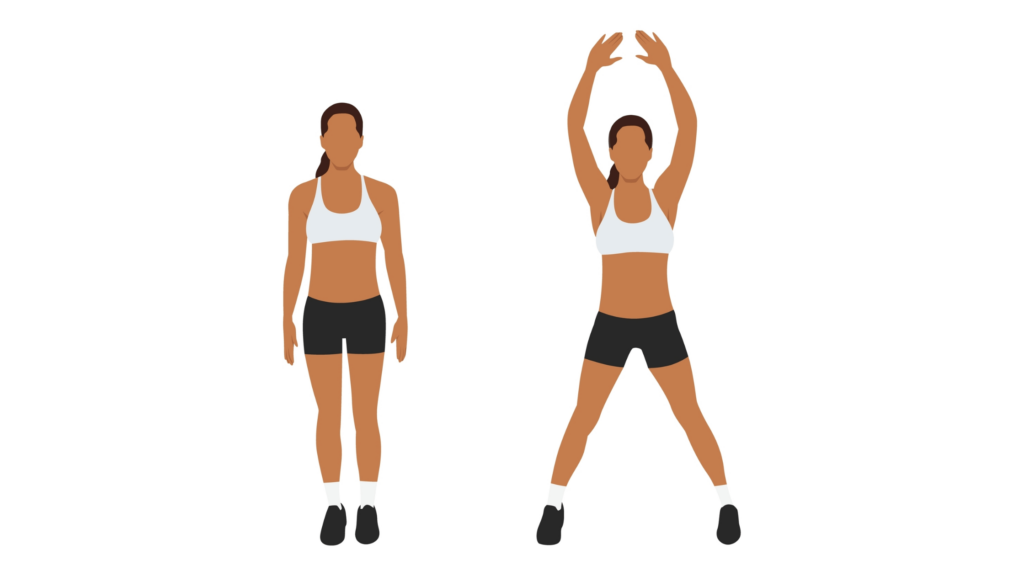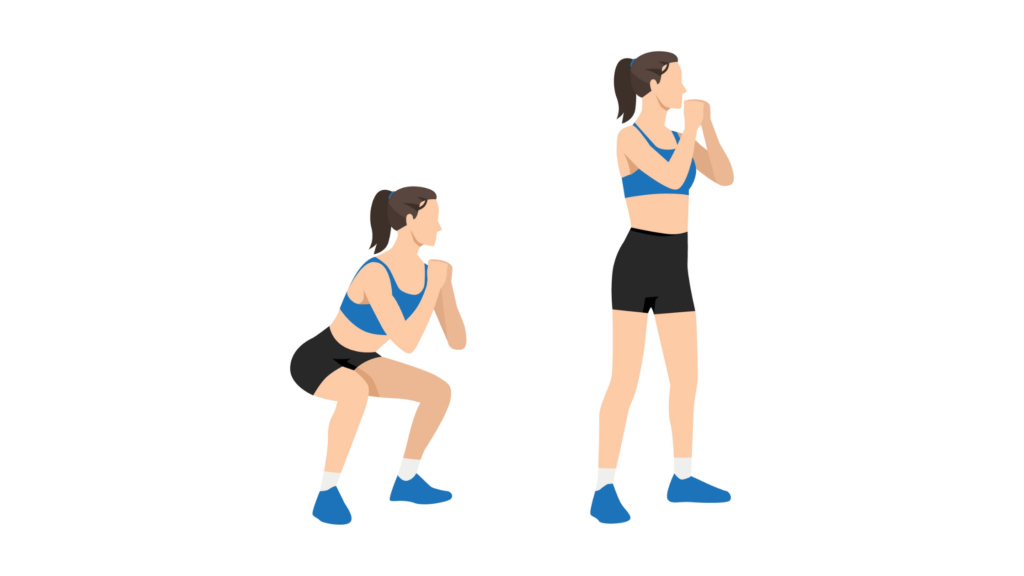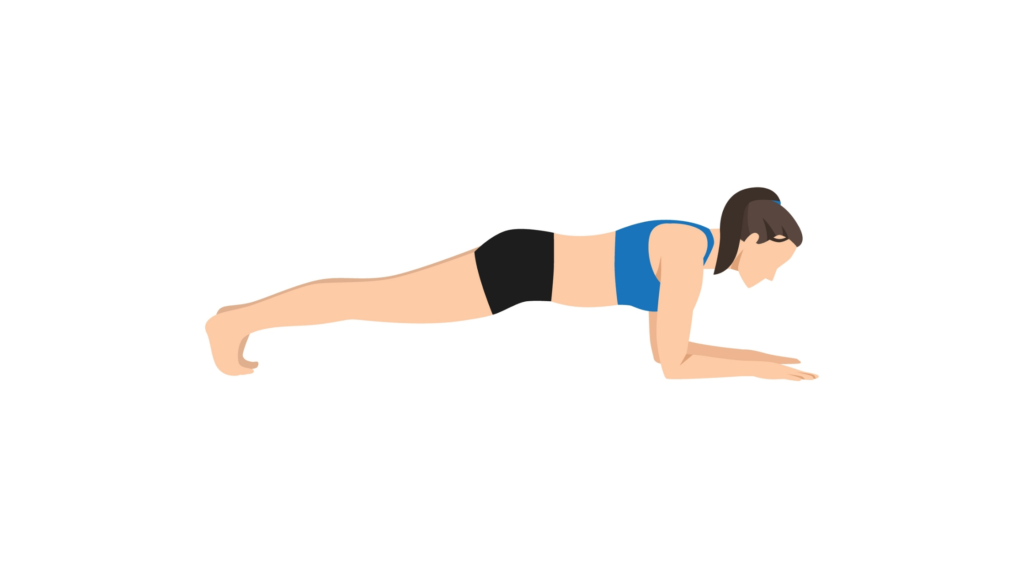Looking to boost your fitness without spending all day in the gym? Circuit training could be just what you need. It’s a fun, high-energy workout that mixes strength and cardio exercises, giving you a full-body burn in a short amount of time. Plus, if you’re in a physically demanding job, like construction, circuit training is a great way to build up the strength and stamina needed to power through your day.
What is circuit training?
Circuit training is a workout that keeps things exciting and gets your heart pumping! It’s all about moving through a series of exercises, one after another, with little to no rest in between. You’ll usually mix up different exercises—think strength moves like squats and push-ups, cardio bursts like jumping jacks, and even flexibility exercises like lunges. This variety not only keeps things exciting but also gives you a full-body workout in a short amount of time. The minimal breaks mean you’re getting your heart rate up while building strength and flexibility.
Why circuit training is a big bang for your buck

Circuit training gives you more benefits in less time—what’s not to love? Here’s why it’s such a smart choice for your fitness routine:
Comprehensive full-body workout
Circuit training works your entire body in one session. By mixing in exercises for different muscle groups, like squats for your legs and push-ups for your arms, you get a balanced, full-body workout. This means you’re not just focusing on one area but building overall strength and fitness with every session.
Combines strength training and cardiovascular conditioning
One of the best things about circuit training is that it simultaneously checks two major fitness boxes. You’re lifting weights to build muscle while keeping your heart rate up with cardio moves. This combination is especially beneficial for cardiovascular health, as studies indicate that aerobic and strength exercises can improve insulin sensitivity and reduce inflammation. Moreover, regular exercise, including circuit training, supports vascular health by maintaining endothelial cell integrity and improving overall heart function. These benefits are particularly important for high-risk professions like construction, where physical health is crucial to safety and performance.
Time-efficient
No time to spend hours at the gym? No problem! Circuit training packs a lot of punch into a short period. Most circuits can be done in 20-30 minutes, making it perfect for busy professionals who want a quick but effective workout.
Boosts stamina
Because you’re constantly moving from one exercise to the next, circuit training pushes your cardiovascular system and builds endurance. According to health experts, aerobic exercises and strength training, such as those found in circuit workouts, help burn fat and improve metabolic rate, which can be vital in reducing risks associated with cardiovascular diseases.
What to consider before starting circuits
While circuit training has plenty of perks, it’s not without its downsides. Here are a few things to keep in mind before jumping in:
Hard on joints: Some circuit exercises, especially high-impact ones like jumping or running, can put a lot of strain on your joints. If you have joint issues or are prone to injuries, it’s important to choose low-impact exercises or modify movements to avoid unnecessary stress.
Identify your goals: Circuit training might not be the best fit if your main focus is building serious muscle or increasing strength. While it’s excellent for overall fitness and endurance, it doesn’t allow for heavy lifting and more extended rest periods needed for muscle gain. So, if you aim for big strength gains, you might want to incorporate traditional strength training days into your routine.
Potential for plateau: Repeating the same exercises can lead to a fitness plateau, where you stop seeing progress. Mix things up regularly to keep circuit training effective by adding new exercises, changing the order, or increasing intensity. This variation keeps your muscles guessing and helps you continue improving your fitness.
Circuit training vs. cardio vs. strength training vs. HIIT
Each type of workout brings something different to the table, so let’s break down how circuit training stacks up against the others:
Cardio: This is about pumping your heart to build endurance and improve heart health. Think running, cycling, or swimming. It’s great for burning calories and strengthening your cardiovascular system but doesn’t do much for building muscle.
Strength training: Strength training is the way to go if you want to build muscle and get stronger. It focuses on lifting heavier weights with fewer reps, giving your muscles time to recover between sets. While it’s fantastic for muscle growth, it doesn’t provide the same level of cardio conditioning as other workouts.
HIIT (High-Intensity Interval Training): HIIT involves short bursts of all-out effort followed by brief rest periods. It’s a fast and intense way to boost both cardio and strength. HIIT differs from circuit training because it usually involves maximum effort during each exercise followed by rest rather than moving through a series of exercises back-to-back.
The beauty of circuit training is that it blends aspects of all three—cardio, strength, and HIIT. Combining strength moves with cardio bursts and keeping rest times short gives you a balanced workout that builds muscle, burns fat, and boosts endurance. Plus, circuits can be easily adjusted to fit personal goals, whether focusing more on strength, cardio, or a mix of both. So, whether you’re aiming for overall fitness, weight loss, or muscle toning, circuit training can be tailored to help you reach your goals.
Here’s a circuit workout to get you started
Here’s a simple, beginner-friendly workout that targets your entire body. Complete each exercise back-to-back with minimal rest. Once you’ve gone through all the moves, take a 1-2 minute break, then repeat the circuit 2-3 times, depending on your fitness level. Each exercise can be modified to match your fitness level. You can increase the intensity by adding weights or trying more challenging variations as you progress.
1. Jumping jacks (1 minute)

- How to: Stand with your feet together and arms at your sides. Jump your feet out wide while simultaneously raising your arms overhead. Jump back to the starting position. Keep a steady pace and try to land softly on your feet.
- Tip: Engage your core throughout the movement to maintain good posture.
2. Push-ups (15 reps)

- How to: Begin in a plank position with your hands slightly wider than shoulder-width apart. Bend your elbows and lower your body toward the floor, keeping your core engaged and your body in a straight line. Push back up to the starting position.
- Tip: If full push-ups are too challenging, try the modified version by keeping your knees on the ground. If you want a more advanced move, keep your wrists, elbows, and shoulders aligned and let your elbows graze your ribcage as you lower—this targets your triceps over your chest.
3. Bodyweight squats (20 reps)

- How to: Stand with your feet shoulder-width apart. Lower your body as if sitting back in a chair, keeping your chest lifted and your knees over your toes. Go as low as possible, then push through your heels to stand back up.
- Tip: Engage your core and keep your weight in your heels to protect your knees.
4. Plank (30 seconds)

- How to: Get into a forearm plank position with your body in a straight line from head to heels. Keep your elbows under your shoulders and engage your core, glutes, and legs.
- Tip: If you start to feel your hips sag, take a quick break and reset your position.
5. Lunges (15 reps each leg)

- How to: Stand upright, then take a step forward with your right leg and lower your body until both knees are bent at 90 degrees. Push through your right heel to return to the starting position. Repeat on the left side.
- Tip: Keep your torso upright and avoid letting your front knee go past your toes.
6. Burpees (10 reps)

- How to: Start standing. Squat down and place your hands on the floor in front of you. Jump your feet back into a plank position, perform a push-up, then jump your feet back toward your hands. Explode up into a jump, reaching your arms overhead.
- Tip: If you’re just starting, break down the movement as needed (e.g., step back into the plank instead of jumping). Remove the pushup and complete the rest of the move for an easier modification.
Be safe, not sorry
Circuit training can be intense, so putting safety first is essential. Here’s how to keep your workouts safe and effective:
Ease into it
If you’re new to circuit training, start with low-intensity exercises and fewer rounds. It’s tempting to go all out, but pushing too hard too soon can lead to injury or burnout. Focus on building a solid foundation before gradually increasing your exercises’ difficulty, speed, or weight.
Proper form
The most effective workout is a safe one. Always prioritize proper form over the number of reps or speed. This means taking the time to learn each movement and practicing it correctly. For example, keep your back straight during squats and engage your core during planks. Improper form can strain muscles and joints, so listen to your body and make adjustments if something feels off.
Listen to your body
Your body will tell you when it needs a break, so don’t ignore the signs. If you feel pain (not to be confused with the usual discomfort of exercise), dizziness, or extreme fatigue, pause and rest. It’s also okay to modify exercises to suit your current fitness level—like doing push-ups on your knees or stepping back into a plank instead of jumping during burpees.
Safety tips
Before diving into a circuit, warm up with light cardio and dynamic stretching to prepare your muscles and joints for movement. Stay hydrated by drinking water before, during, and after your workout. If you’re using equipment like dumbbells or resistance bands, ensure they’re in good condition and suitable for your strength level. Taking these small precautions can make a big difference in keeping you safe and injury-free.
Bottom line
Circuit training is perfect for busy schedules. It offers a quick yet effective way to build muscle, burn fat, and boost cardiovascular health. By incorporating circuit training into your routine, you can improve your stamina, overall fitness, and heart health—benefits especially valuable if you have a physically demanding job like construction work.
Whether you’re new to fitness or looking to shake up your current routine, circuit training can be adapted to suit your needs and goals. So, try and experience the full-body benefits of this dynamic workout approach.




1 comment